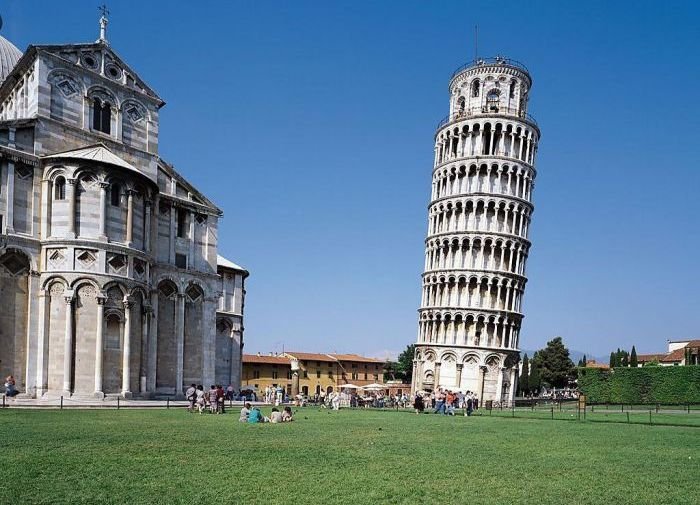
In the realm of technology, the inconspicuous double-period character known as ‘..’ holds immense significance. It transcends its humble appearance, carrying with it a myriad of meanings and functionalities. Relative Path Navigation: Within a file system, ‘..’ represents the parent directory of the current directory. When used in a path, it navigates upwards one level in the hierarchy. For instance, if the current directory is “/home/user/documents”, using “..’ in the path would lead to “/home/user”. Symbolic Reference: ‘..’ is also used to create symbolic references, known as soft links. A soft link is a file that points to another file or directory. When you create a soft link using ‘..’, it establishes a connection between the symbolic link and its parent directory. Ellipsis: In programming and text processing, ‘..’ often serves as an ellipsis, indicating an omission or continuation of a series. For example, in the regular expression “a..b”, the ‘..’ matches any two characters between ‘a’ and ‘b’. File Sharpening: In image processing, ‘..’ denotes a file sharpening filter. When applied to an image, it enhances the edges and details by increasing the contrast between adjacent pixels. Escape Sequence: In certain programming languages, such as C++, ‘..’ is used as an escape sequence to represent the null character, which has the ASCII value 0. Unix and Linux Environments: In Unix and Linux environments, ‘..’ is an essential component of the file system structure. It allows users to navigate between directories and access parent directories, making it a fundamental command in the operating system. Historical Origins: The usage of ‘..’ as a parent directory indicator traces its roots back to the early days of computing. The DEC PDP-11 operating system, released in 1970, introduced the concept of a file hierarchy and used ‘..’ to represent the parent directory. Conclusion: While ‘..’ may seem like an unremarkable character, its versatility and widespread applications make it an indispensable tool in the digital world. From navigating file systems to creating symbolic references and sharpening images, ‘..’ plays a crucial role in the seamless operation of computers and networks… (dot-dot) is a special syntax in programming and scripting languages. It represents the current working directory... (dot-dot) is a special syntax in programming and scripting languages. It represents the current working directory. Functions of ‘..’: * Relative Path Navigation: When used in a file path, ‘..’ represents the parent directory of the current directory. For example, if the current directory is “/home/user/documents”, then “/home/user/..’ would refer to “/home/user”. * Abbreviating Paths: In some languages, such as Python, ‘..’ can be used to abbreviate longer file paths. For instance, if there are nested directories “dir1” and “dir2” within the current working directory, then “dir1/dir2/..” would be equivalent to “dir1”. * Directory Traversal: In combination with wildcard characters, ‘..’ can be used to traverse directories. For example, “*/..” would match all parent directories of all subdirectories in the current working directory. Examples: * Python: os.path.join(“dir1”, “..”) returns “/home/user”. * Bash: cd .. moves to the parent directory. * C++: std::filesystem::path(“dir1/..”).parent_path() returns “/home/user”. Precautions: * “..” should not be confused with “.” (dot), which represents the current directory. * Using ‘..’ excessively can lead to errors or security vulnerabilities. * Some file systems, such as DOS, may have restrictions on the use of ‘..’ in file paths. Overall, ‘..’ is a useful syntax that allows for convenient and efficient navigation within directories.
City Unveils Ambitious Plan for Sustainable Growth The city council has unveiled an ambitious plan to transform the city into a model of sustainability over the next decade. The plan outlines a comprehensive strategy to reduce carbon emissions, promote renewable energy, and enhance environmental resilience. Key initiatives include: * Investing in Renewable Energy: The city will invest heavily in solar and wind energy projects to generate 100% of its electricity from renewable sources by 2030. * Decarbonizing Transportation: The plan calls for transitioning the city’s public transportation fleet to electric vehicles and encouraging the adoption of electric cars among residents. * Improving Energy Efficiency: The city will implement energy efficiency measures in municipal buildings and promote energy conservation programs for homes and businesses. * Expanding Green Spaces: The plan aims to create new parks and green spaces to mitigate the urban heat island effect and improve air quality. * Adopting Circular Economy Principles: The city will explore ways to reduce waste and promote resource reuse through initiatives such as composting and recycling. The plan also emphasizes the importance of community engagement and education. The city will launch campaigns to raise awareness about sustainability and encourage residents to adopt sustainable practices. “This plan is a bold vision for a sustainable future,” said the mayor. “We are committed to making our city a thriving and resilient place for generations to come.” The plan will be presented to the public for feedback before being finalized and implemented. The city council is confident that the ambitious goals outlined in the plan will position the city as a leader in sustainability and attract businesses and residents who prioritize environmental stewardship.
Posted inNews